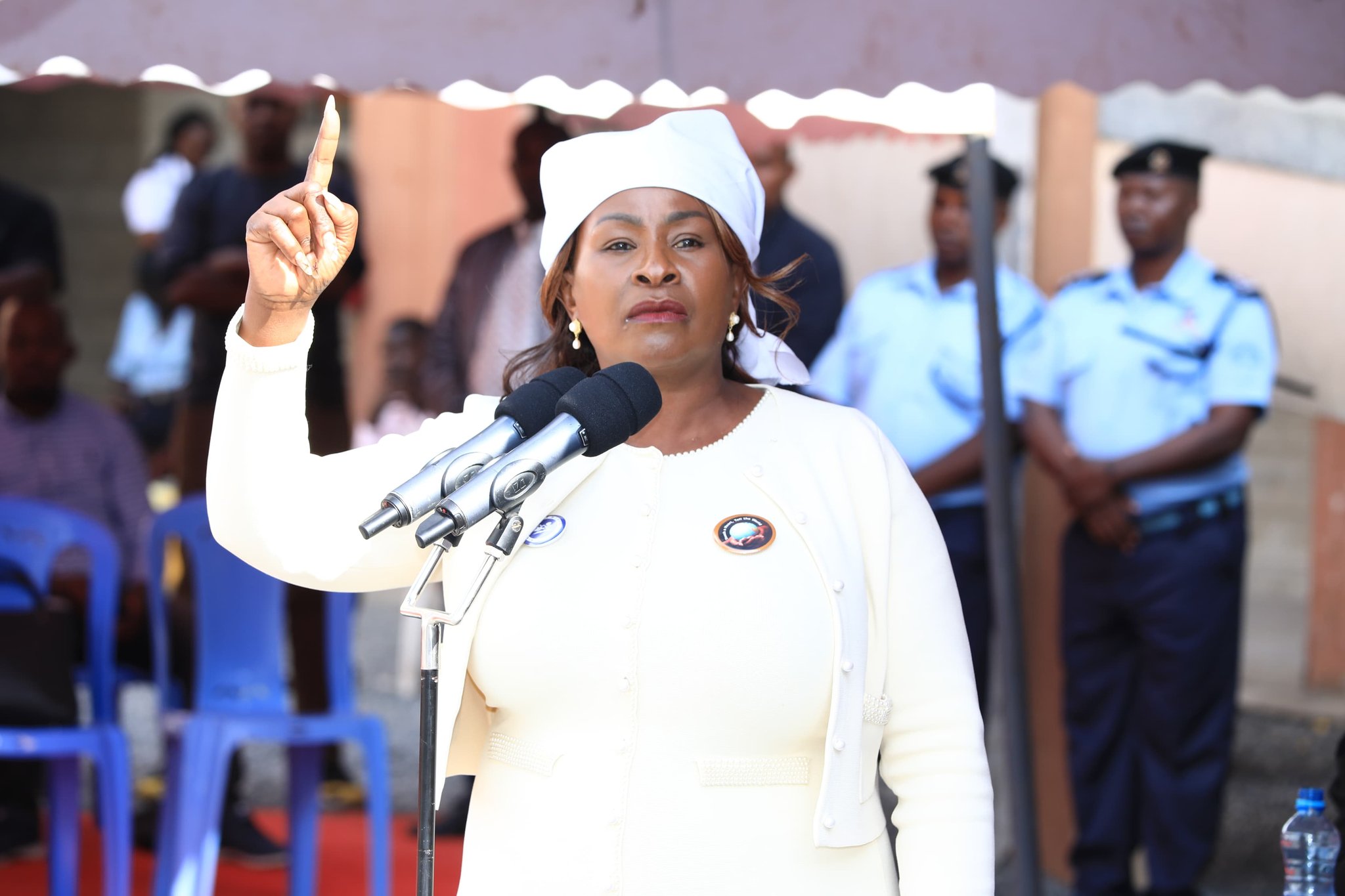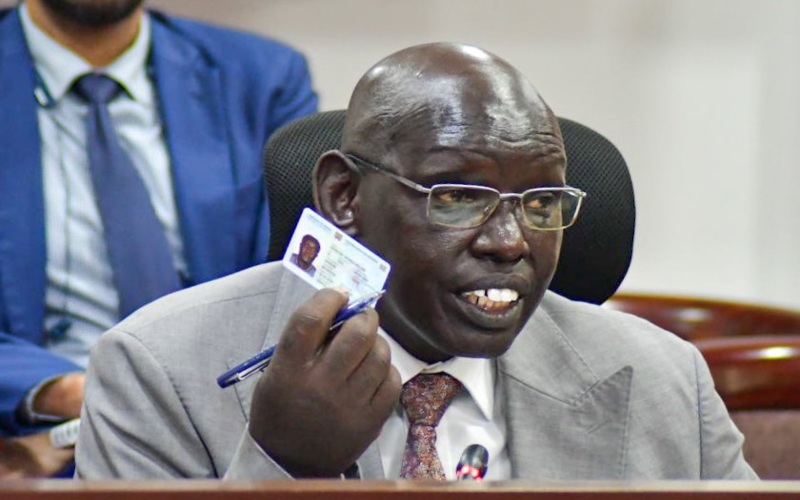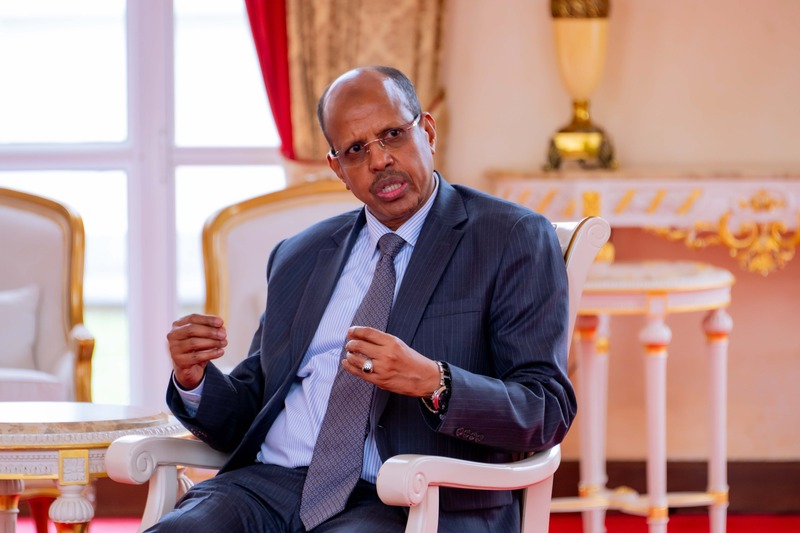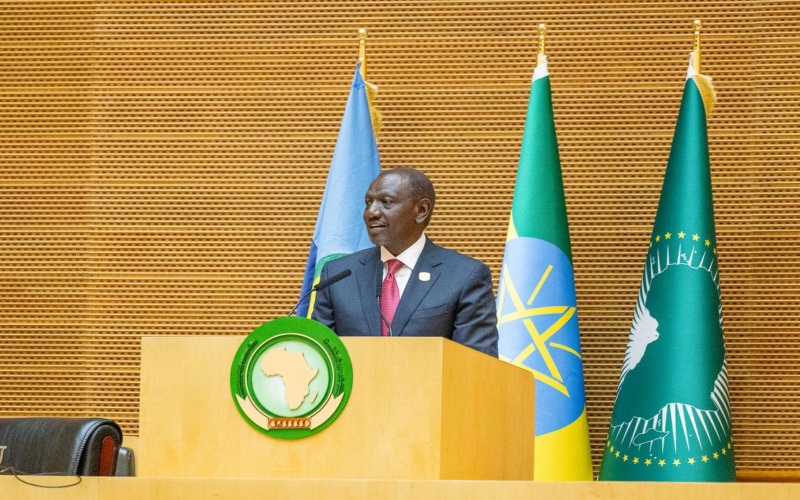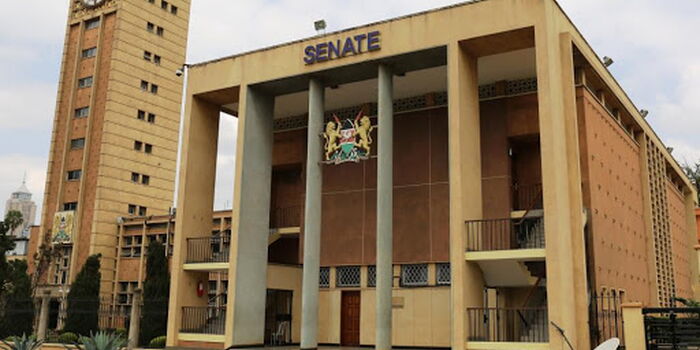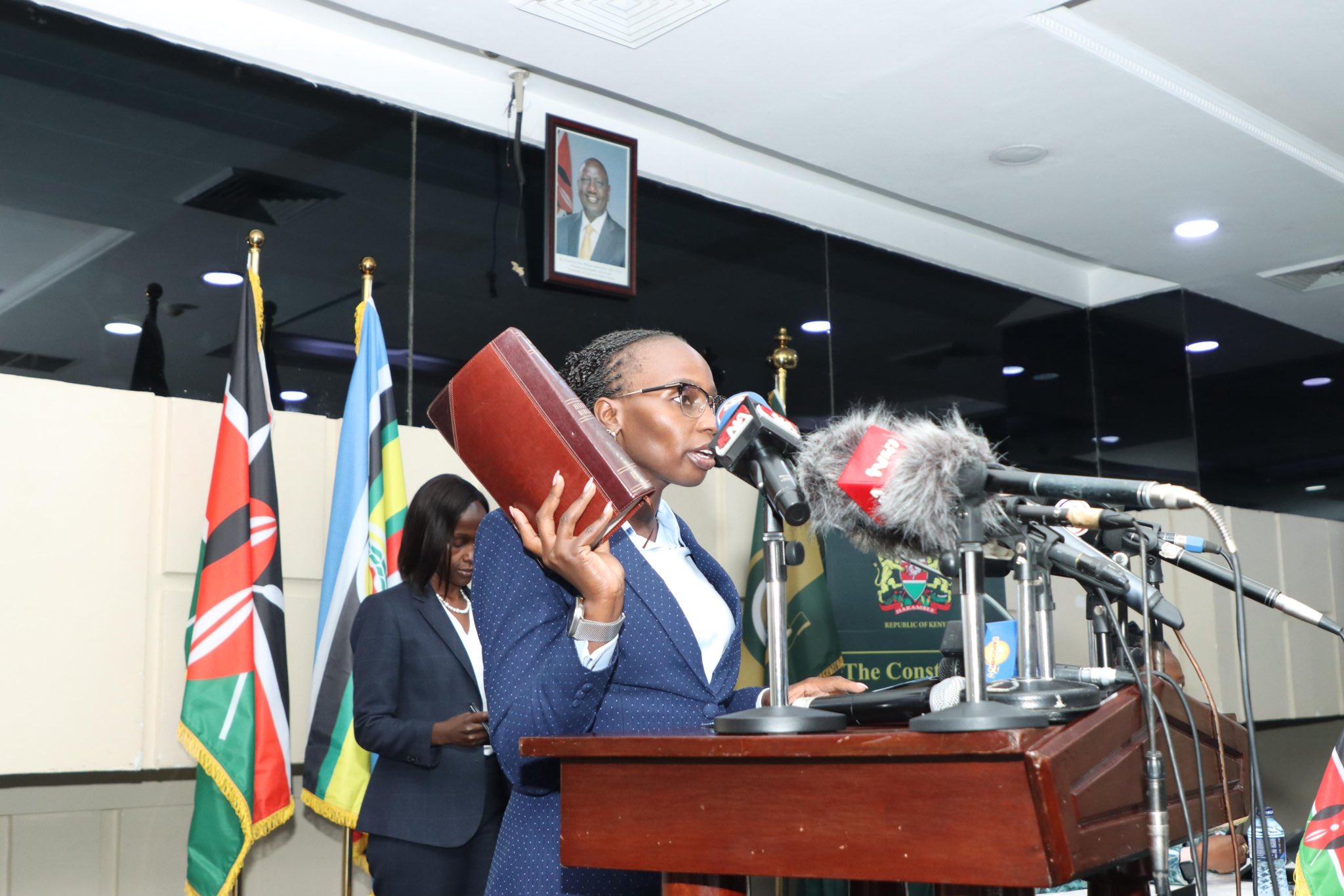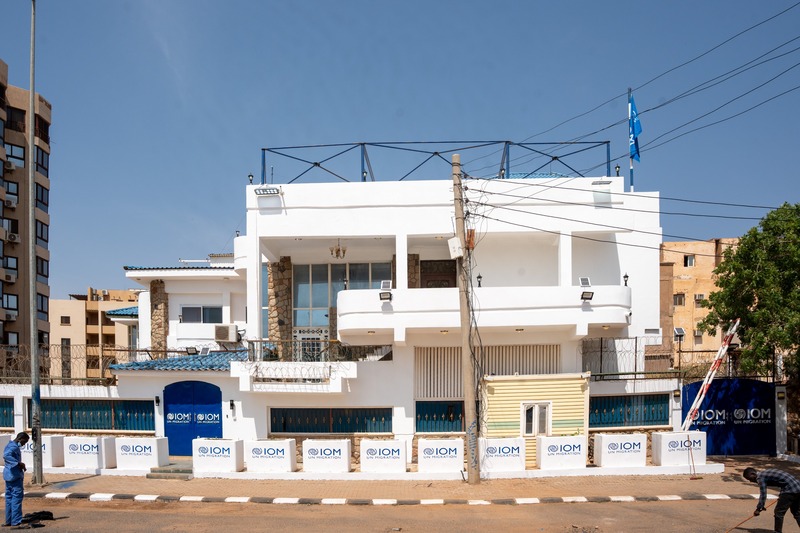Kenya moves Sh500 billion nuclear power plant to Siaya after Kilifi resistance, eyes 2034 commissioning
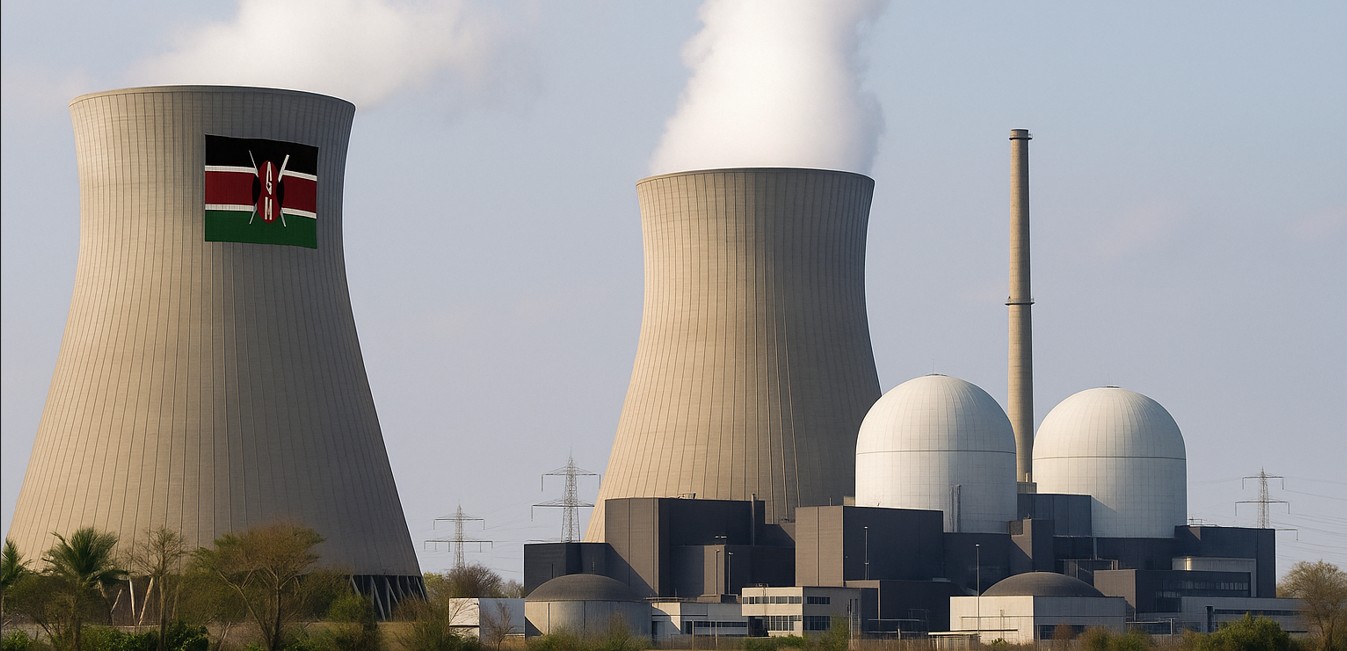
The proposed new site is Lwanda Kotieno in Rarieda Constituency, where government officials and political leaders say the local community has shown support for the project.
Kenya’s ambitious plan to establish its first Sh500 billion nuclear power plant has taken a new turn after years of fierce opposition in Kilifi County forced the government to relocate the project to Siaya County.
The proposed new site is Lwanda Kotieno in Rarieda Constituency, where government officials and political leaders say the local community has shown support for the project.
More To Read
- South Africa starts radioactive isotopes injection to fight rhino poaching
- AfDB powers regional growth with Sh67.7 billion clean energy investment in Tanzania, Rwanda and Zambia
- Kenya slumps in green energy transition, falls 18 places in global rankings
- KNH invests Sh7.6 million in solar energy to lower electricity bills
- Deadly Israeli attack on Tehran’s Evin Prison killed 71, Iran judiciary says
- Iran-Israel crisis: Atomic energy agency chief calls for access to damaged nuclear sites
The change marks a significant shift in the country’s multibillion-shilling energy strategy, which aims to generate 1,000 megawatts of power by 2034 to address energy deficits, boost industrialisation and support sustainable development.
The decision to move the plant follows a high-level stakeholder forum held at Jaramogi Oginga Odinga University of Science and Technology in Bondo, where both national and county leaders, including area MPs and senators, welcomed the plan as a transformative opportunity for the region.
Energy Cabinet Secretary Opiyo Wandayi said his ministry is committed to transparency, safety, and public participation in every stage of the project.
“This stakeholder meeting is a cornerstone of our ministry’s commitment to transparency, collaboration and inclusive development,” Wandayi said.
“We are committed to ensuring that the benefits of this programme are maximised for the local community. It will attract new investments, enhance infrastructure, and foster skills development with unparalleled opportunities for our youth.”
The CS noted that the nuclear programme is in Phase 2 of the International Atomic Energy Agency (IAEA) Milestones Approach, with notable progress in feasibility studies, legal frameworks and human capital development.
Key pillars
He added that partnerships with global nuclear operators and ongoing training of Kenyan professionals abroad are key pillars of the programme.
The pivot to Siaya comes after a groundswell of opposition in Uyombo, Kilifi County, where residents staged protests and filed a lawsuit challenging the legality of the plant.
Locals claimed that public participation had been rushed and conducted in secrecy.
The area’s dependence on ecotourism and fishing also heightened fears over the risks of radiation, water pollution and ecosystem disruption.
The community accused the Nuclear Power and Energy Agency (NuPEA) of failing to disclose technical and environmental assessments.
High-risk venture
Other Topics To Read
“The country was undertaking a high-risk venture without the necessary legal and disaster preparedness frameworks,” the petitioners argued.
Concerns also emerged about Kenya’s readiness to handle nuclear waste and the absence of a clear regulatory regime for atomic energy.
But in Siaya, the tone was markedly different.
ODM party leader Raila Odinga endorsed the project and called on leaders and residents to engage with government experts to ensure their concerns are addressed.
“It represents a monumental step towards energy security, industrialisation, and sustainable growth. I urge you to seize this historic opportunity with unity, foresight, and unwavering dedication,” Odinga said.
He, however, stressed that the programme must uphold international safety and security standards throughout its lifecycle, from construction to decommissioning.
“Site selection for a nuclear power plant is critical. The identification of the Lake Victoria Region as a candidate host for the nuclear power plant is a recognition of its unique strategic advantages. There must be genuine and detailed engagement with the people, the leaders, and all stakeholders,” he said.
Siaya Senator Oburu Oginga, who chairs the Senate Energy Committee, said the nuclear plant would be a “breakthrough in clean energy” with minimal carbon emissions.
“Let’s embrace it with boldness and responsibility,” he said.
Benefits for residents
Rarieda MP Otiende Amollo welcomed the selection of Lwanda Kotieno but asked NuPEA to guarantee tangible benefits for residents.
“As elected members, we fully accept. My only request to NuPEA is that the constitution says where you are exploring natural resources, there must be benefits to the community,” he said.
“In this county, our benefit is usually education. Give us scholarships. Let’s have nuclear scientists and engineers from here.”
Speaker of the Siaya County Assembly George Okode confirmed the county government’s support and said Governor James Orengo was fully behind the initiative.
“We are on board at this point of information and at the implementation stage that will come later,” Okode said.
Simplified communication
Bondo MP Gideon Ochanda urged for simplified communication around nuclear technology to avoid misinformation.
“Let us be told what this means for the ordinary mwananchi. Let’s see examples of how it has worked in other countries. Negative news travels fast; we must lead with facts and benefits,” he said.
Siaya Woman Representative Christine Ombaka said education was crucial to dispel myths.
“Let’s demystify this project. The public needs education. People still fear radiation and accidents. We must address that,” he said.
Ugenya MP David Ochieng supported the move but stressed the need for firm regulations.
“There is a need to develop proper regulatory capacity and standards to ensure whatever we are going to do will remove any doubts,” Ochieng said.
The government maintains that the plant, set for development in 2027 and commissioning by 2034, will be a national milestone in achieving energy independence, if it can win and retain public trust.
Top Stories Today
